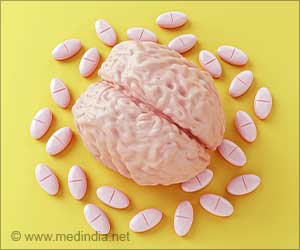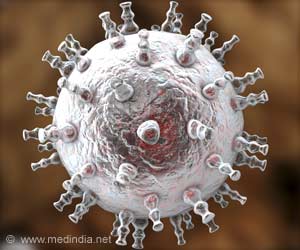A 'Life of Brian' brain mechanism that encourages us to look on the bright side of life - even when confronted by thoughts of mortality has been discovered by neurologists.

The researchers placed 20 volunteers in functional MRI brain scanners while death-related words, such as graveyard, corpse, behead and slay, flashed up on a screen.
Neutral and negative words were also displayed.
Unsurprisingly, words related to death activated brain areas already known to process unpleasant or threatening notions.
More interestingly, they were associated with comparatively lower activity in the insula and the mid-cingulate.
The insula is associated with sense of self and awareness of sensations and movement.
Advertisement
The mid-cingulate plays a role in regulating emotions and generating motor responses to threatening or emotionally unpleasant stimuli.
Advertisement
"This study is interesting in that it looks at the awareness of death - a uniquely human quality. It's not surprising that we have the ability to suppress our emotions in this context. What is unexpected is that it is expressed in these two relatively archaic structures in the brain," New Scientist quoted Philip Servos, a cognitive neuroscientist at Wilfrid Laurier University in Waterloo, Canada, as saying.
The study has been published in Neuropsychologia.
Source-ANI









